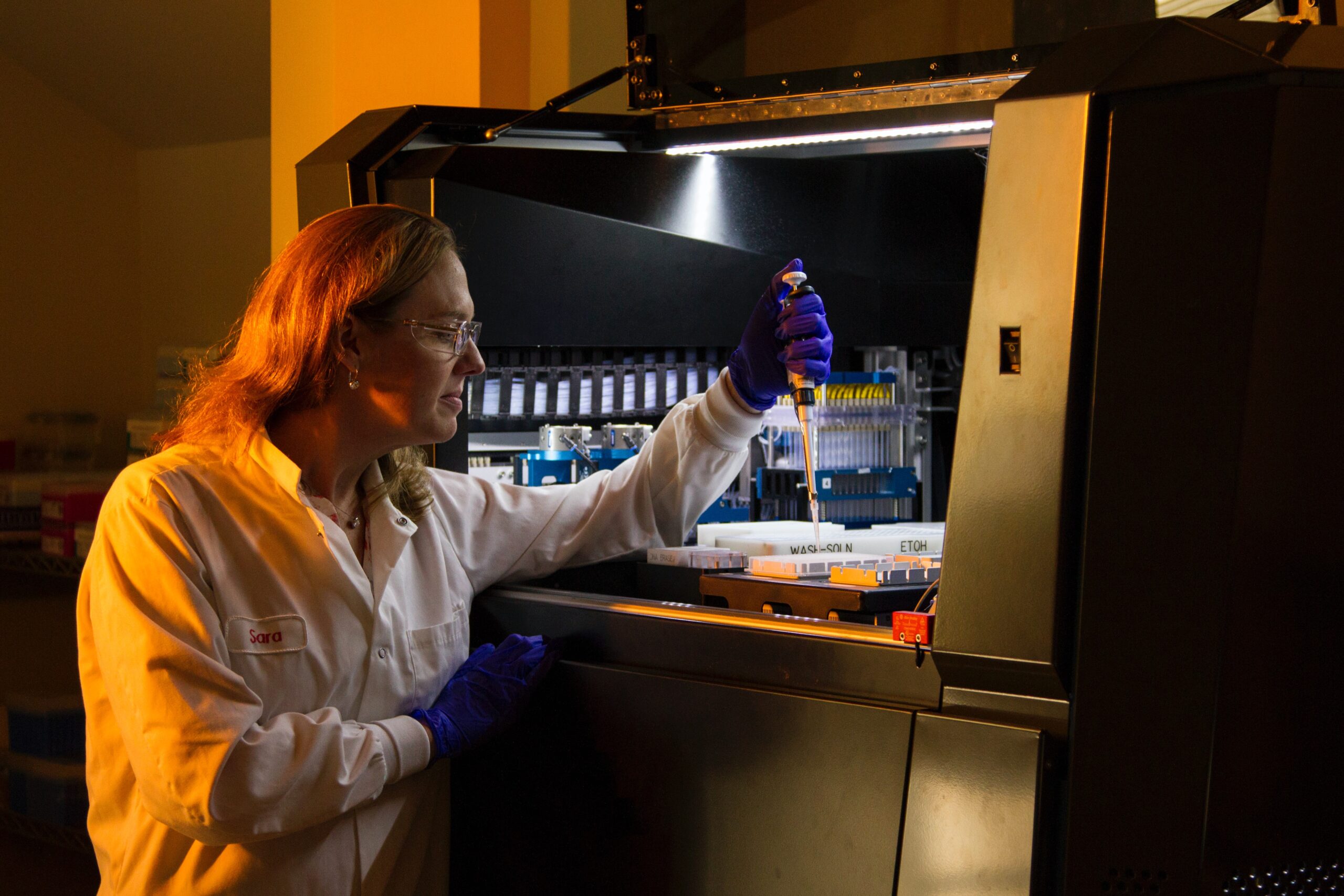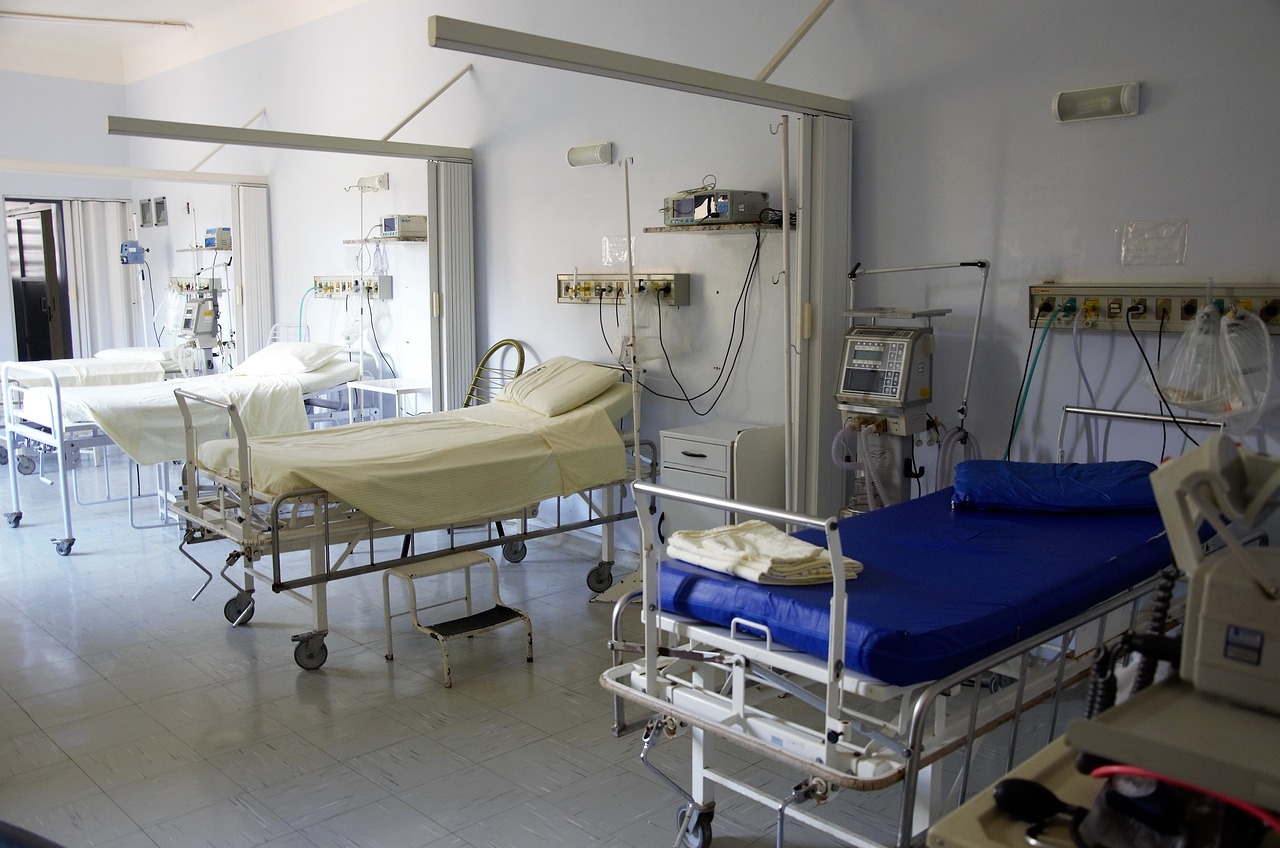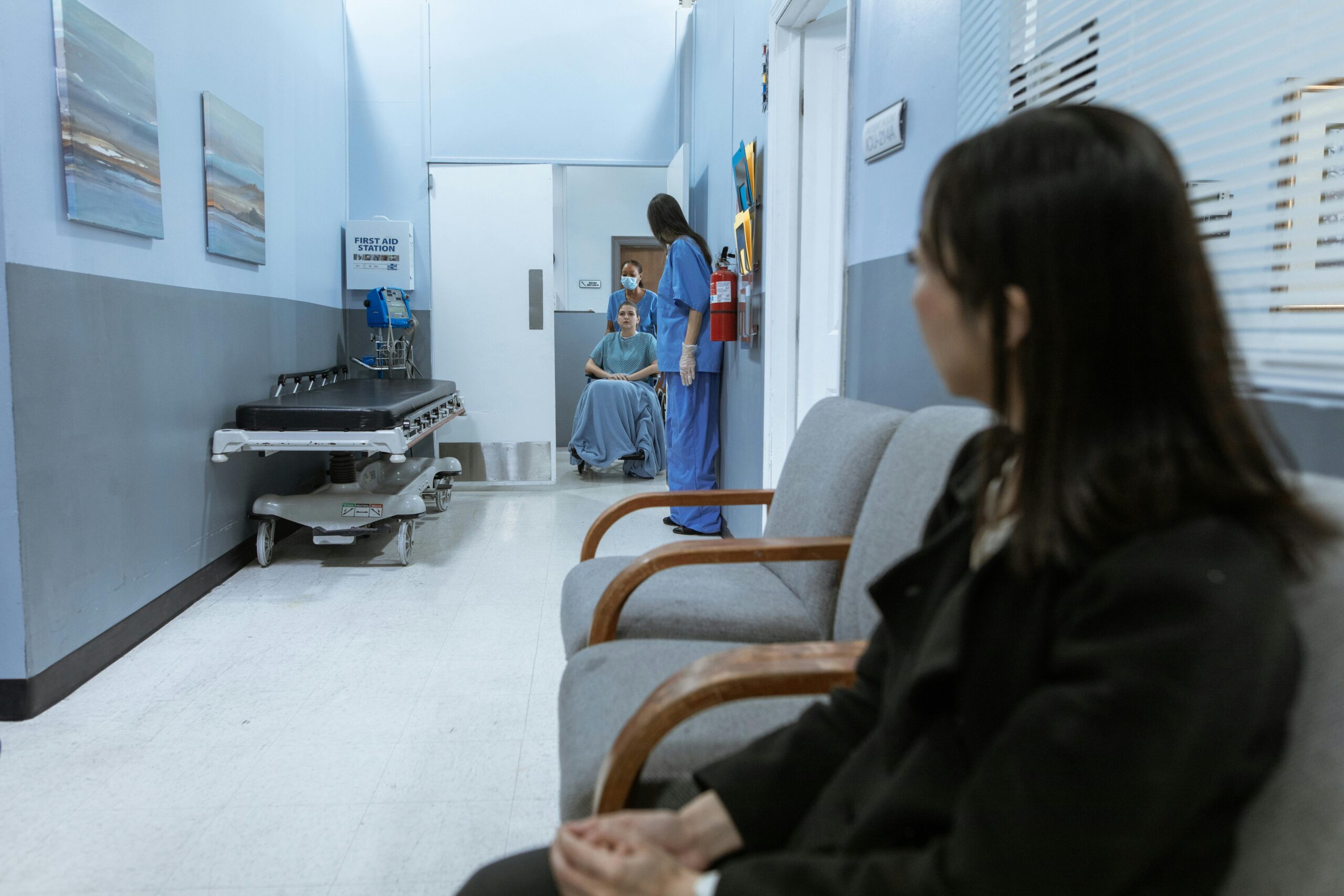Patient-Reported Measures

HDx Therapy May Improve Patient-Reported Outcomes for Restless Leg Syndrome
Expanded hemodialysis (HDx) enabled by Theranova* may improve quality of life and patient-reported outcomes for end-stage renal disease patients meeting the criteria for Restless Leg Syndrome (RLS).
RLS is a neurological disease, characterized by uncomfortable sensations inside the legs or arms. Its prevalence is much higher in ESRD patients than the general population.
A large observational registry study conducted by Baxter found that the number of prevalent HD patients meeting Restless Leg Syndrome criteria were reduced by approximately 50% after six months of HDx therapy.
Innovative HDx Supports Better Patient-Reported Quality of Life
Patients on dialysis experience poor quality of life due to the symptoms of kidney failure and the physical and psychosocial burdens of their treatments, including Restless Leg Syndrome (RLS).
This disorder can result in patients experiencing significant distress or impairment in social, occupational, educational or other important areas of functioning due to its negative impact on sleep, energy, behavior and daily activities.
Research has shown that following 6 months of HDx treatment for prevalent HD patients, patient-reported outcomes improved and diagnosis of Restless Leg Syndrome criteria was reduced approximately 50%.
Superior HDx Filtration and RLS
HDx offers superior removal of large middle molecules (up to 60 kDa) that have been linked to the development of inflammation, cardiovascular disease and other dialysis-related comorbidities. Large middle molecules (25 kDa to <60 kDa) are not efficiently removed by either conventional HD or HDF modalities.
This expanded clearance may be associated with improvements in a patient’s quality of life and may alleviate the development and impact of RLS.
One study, monitoring the levels of alpha-1 microglobulin (α1M 33 kDa) in patients treated with a high flux dialyzer and hemodiafiltration, suggested that reductions in α1M levels may be associated with a decrease in patient-reported burdens, including the aggravation of bone and/or joint pain, pruritus, and RLS.
Offering clinicians a simple set up on HD infrastructure, HDx therapy is enabled simply by using Theranova in HD mode.
Original article published to https://emearenalcare.baxter.com/hdx/patient-reported-measures
You might also like
For relevant updates on Emergency Services news and events, subscribe to EmergencyServices.ie









